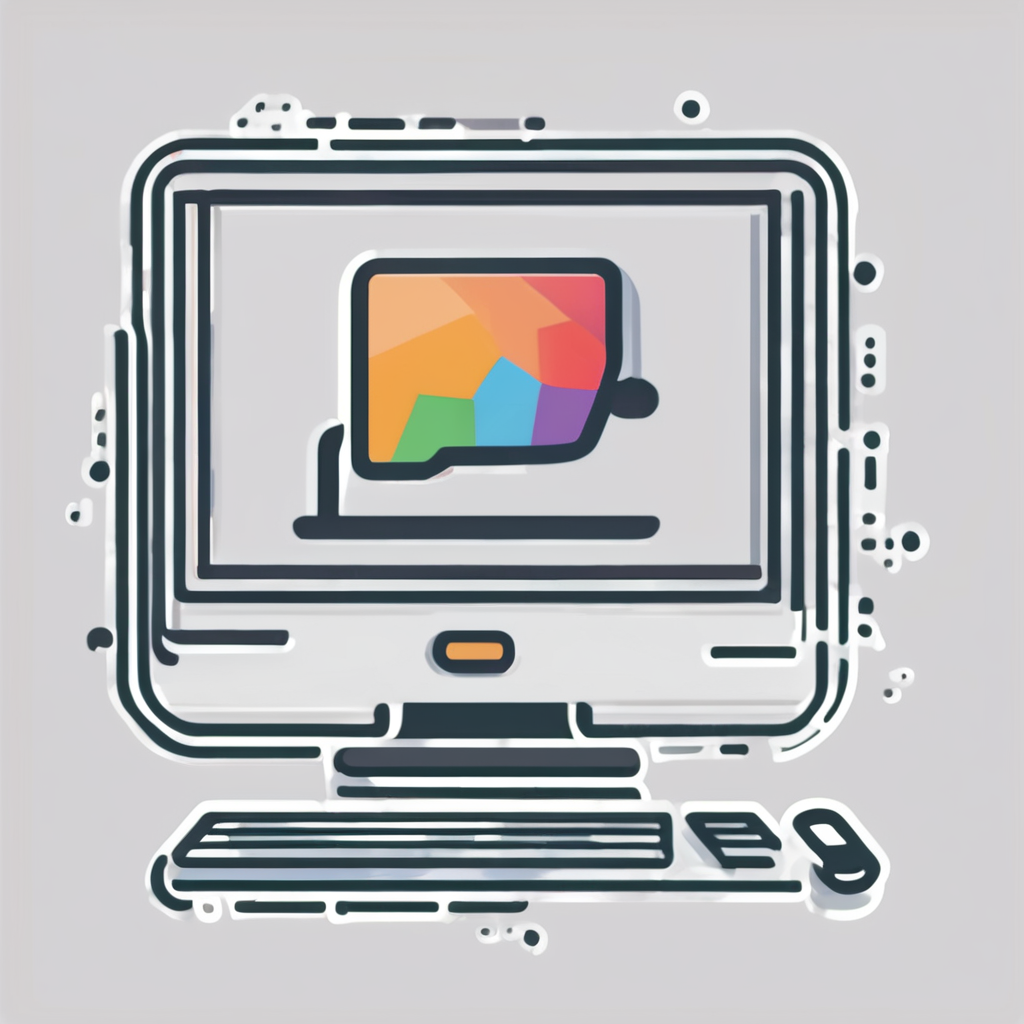Impact of Emerging Technologies on Internet Evolution
Exploring how new tech drives the web forward
Emerging technologies are reshaping the internet evolution in profound ways. Technologies such as artificial intelligence, blockchain, and 5G connectivity are among the leading forces driving this transformation. Their impact on internet capabilities extends beyond mere speed improvements, enhancing security, personalization, and access.
Topic to read : How Can Emerging Technologies Transform Internet Safety Trends?
Current trends show that technological advancements like edge computing and the Internet of Things (IoT) are expanding the landscape of internet infrastructure. This expansion facilitates faster data processing closer to users, reducing latency and improving real-time interactivity. As a result, digital experiences are becoming more seamless and immersive.
The impact on internet users is visible in several immediate effects. These include smarter content delivery, enhanced privacy protocols, and new platforms for communication and commerce. The internet evolution fueled by emerging technologies is creating a more dynamic, secure, and user-centric digital world, setting a foundation for continuous innovation and growth.
Also read : How Did the Internet Transform the Way We Access Information?
Artificial Intelligence and its Influence on Online Connectivity
Artificial intelligence (AI) has dramatically transformed how we interact with the internet. The integration of smart systems improves user interaction by delivering highly personalised experiences tailored to individual preferences. From customised content recommendations to voice-activated assistants, AI enhances user satisfaction and engagement across digital platforms.
Beyond user interfaces, AI on the internet plays a crucial role in automating content delivery. Algorithms curate news feeds, optimise search results, and filter relevant information swiftly and accurately. This automation not only saves time but also improves the quality and relevance of online information accessed by users.
Security is another critical area where artificial intelligence excels. AI-driven solutions detect and respond to cyber threats in real time, ensuring safer connectivity. Behavioural analytics and anomaly detection prevent data breaches and malicious attacks, safeguarding both personal and corporate data.
Looking ahead, the ongoing digital transformation powered by artificial intelligence promises even smarter, more responsive internet services. This evolution will enable deeper integration of AI in everyday tasks, creating seamless connectivity and richer, more adaptive online experiences.
Expanding the Internet with the Internet of Things (IoT)
The Internet of Things (IoT) has shifted the digital landscape by vastly increasing the number of connected devices worldwide. This proliferation of IoT devices means that everything from home appliances to city infrastructure can communicate and exchange data seamlessly. Each connected device adds a new layer to the Internet’s fabric, leading to unparalleled internet expansion and more dynamic data flows.
Smart homes showcase the transformative power of IoT, where interconnected devices enable automation and real-time control of lighting, heating, and security systems. Beyond the household, IoT fosters smart infrastructure in cities—optimizing traffic management, energy distribution, and public safety through sensors and data analytics. The resulting network of devices doesn’t just extend the internet; it makes it a living, adaptive system that interacts with the physical world.
While IoT drives remarkable innovation, it also opens up significant security and privacy challenges. The massive number of connected devices can create vulnerabilities that hackers might exploit, making IoT security a fundamental concern. Protecting sensitive data exchanged among devices requires rigorous encryption, secure authentication processes, and constant updates. Understanding these risks is essential for safely embracing the full potential of IoT’s internet expansion.
Blockchain for Security, Transparency, and Decentralisation
Understanding how blockchain technology reshapes online interactions
Blockchain technology fundamentally changes the way information is secured and shared on the internet. At its core, blockchain offers a decentralised ledger system, where data entries are distributed across multiple nodes rather than stored in a single, central server. This structure fortifies internet security by making it much harder for malicious actors to manipulate or erase records without detection.
One of the key benefits of blockchain is its ability to enhance online transparency. Each transaction or data point recorded on the blockchain is timestamped and visible to network participants, thereby creating an immutable audit trail. This transparency plays a critical role in building online trust, especially in environments where verifying the authenticity of information is challenging.
In the realm of decentralised finance (DeFi), blockchain technology enables secure, peer-to-peer financial exchanges without the need for traditional intermediaries like banks. Users can engage in lending, borrowing, and asset exchange with greater control over their funds and privacy. Additionally, blockchain empowers the creation of digital identities that are self-sovereign, giving individuals ownership and control over their personal data without relying on central authorities.
However, widespread blockchain adoption faces obstacles. Scalability remains a concern, as many blockchain networks struggle to process high volumes of transactions quickly and cost-effectively. Regulatory uncertainty can also slow integration, since governments and institutions grapple with how to oversee and legally define blockchain-based services. Despite these challenges, ongoing technological advancements and increasing awareness continue to drive efforts toward seamless blockchain integration in everyday online activities.
5G and Next-Generation Connectivity
Small text between a H2 and a H3.
The rise of 5G technology is transforming the landscape of internet access by offering unprecedented levels of high-speed connectivity combined with remarkably low latency. This advancement surpasses previous generations, enabling near-instantaneous data transfer essential for real-time communications. For instance, applications that demand immediate responsiveness, such as remote surgery or autonomous vehicle coordination, stand to benefit enormously from these capabilities.
Moreover, 5G opens up new frontiers for next-generation internet uses. Immersive experiences like augmented reality (AR) and virtual reality (VR) can now become seamless and more widespread, thanks to the capacity to handle large volumes of data without lag. The ever-expanding Internet of Things (IoT) ecosystem also flourishes with 5G, as connected devices require a stable and swift network to function optimally in smart homes, cities, and industries.
Implementing 5G on a global scale, however, involves significant infrastructure requirements. It demands dense networks of small cells and upgraded fiber optic backhaul to handle the dramatic increase in data traffic. Moreover, challenges such as spectrum allocation, high deployment costs, and ensuring equitable access in rural areas remain critical hurdles needing innovative solutions to fulfill the promise of ubiquitous next-generation internet connectivity.
Societal Transformations Driven by Advancing Internet Technologies
Digital society is rapidly evolving, reshaping how we interact, work, and learn. The future of the internet plays a pivotal role in these societal changes, introducing both opportunities and challenges.
In education, technology and society intersect to enhance access to learning through remote collaboration tools and online resources. This transformation allows students worldwide to engage with educational content regardless of physical location, helping bridge some traditional gaps. Businesses benefit similarly; advancements in internet technologies enable flexible work environments and seamless global communication, increasing productivity and fostering innovation.
However, these benefits come with concerns about social inclusion. The digital divide remains a significant issue, where unequal access to technology can exacerbate existing inequalities. Ensuring equitable access is essential to prevent marginalized groups from being left behind in this digital shift.
Ethical and regulatory concerns are also central to societal change. As internet technologies become more embedded in daily life, issues such as data privacy, security, and accessibility demand careful consideration. Policymakers and technologists must work together to create frameworks that uphold ethical standards and promote universal accessibility, ensuring that technology enhances society without unintended harm.
Expert Predictions and the Road Ahead
Exploring what lies ahead in internet innovation and technology foresight
Leading experts in technology foresight forecast significant transformations in future internet trends. Industry leaders emphasize that the next decade will witness a surge in interconnected devices, driven largely by advances in 5G and beyond. This will create more immersive and responsive online experiences, enabling applications such as virtual reality, augmented reality, and the Internet of Things to flourish.
Recent research reports underscore that internet innovation is not only about speed but also about smarter integration of AI-driven services, enhanced cybersecurity measures, and decentralized networks. Experts predict a shift from the traditional web to more personalized, intelligent, and context-aware interactions. These changes will redefine how people connect, work, and consume content.
However, this technology foresight also highlights challenges like data privacy concerns, digital divides, and the complexity of managing massive data flows. The road ahead offers substantial opportunities for growth and creativity, but success hinges on responsible innovation and inclusive policies. By understanding these expert predictions, stakeholders can better prepare for a tech-driven internet future that promises to be both dynamic and transformative.




